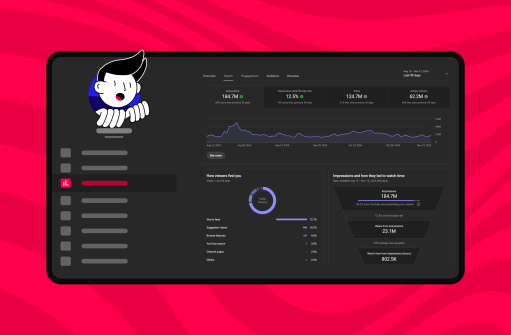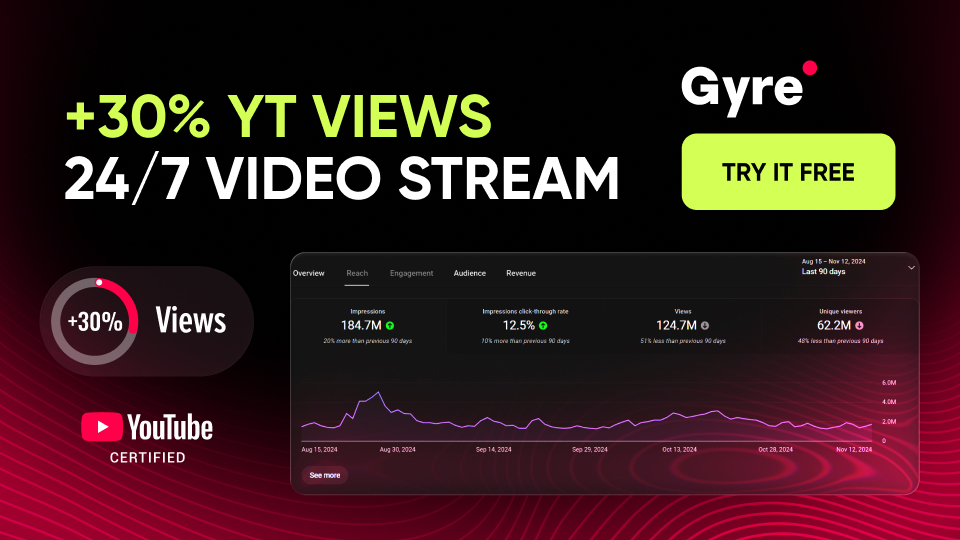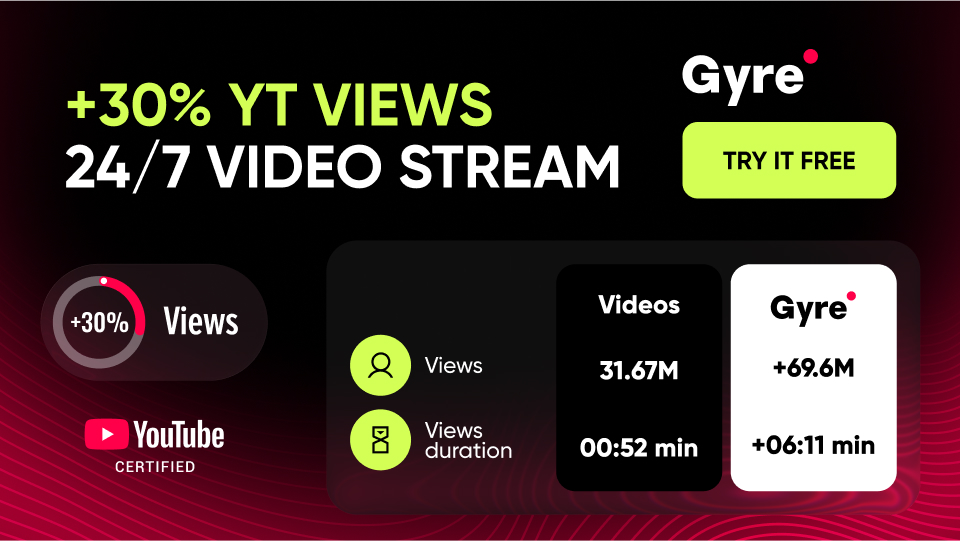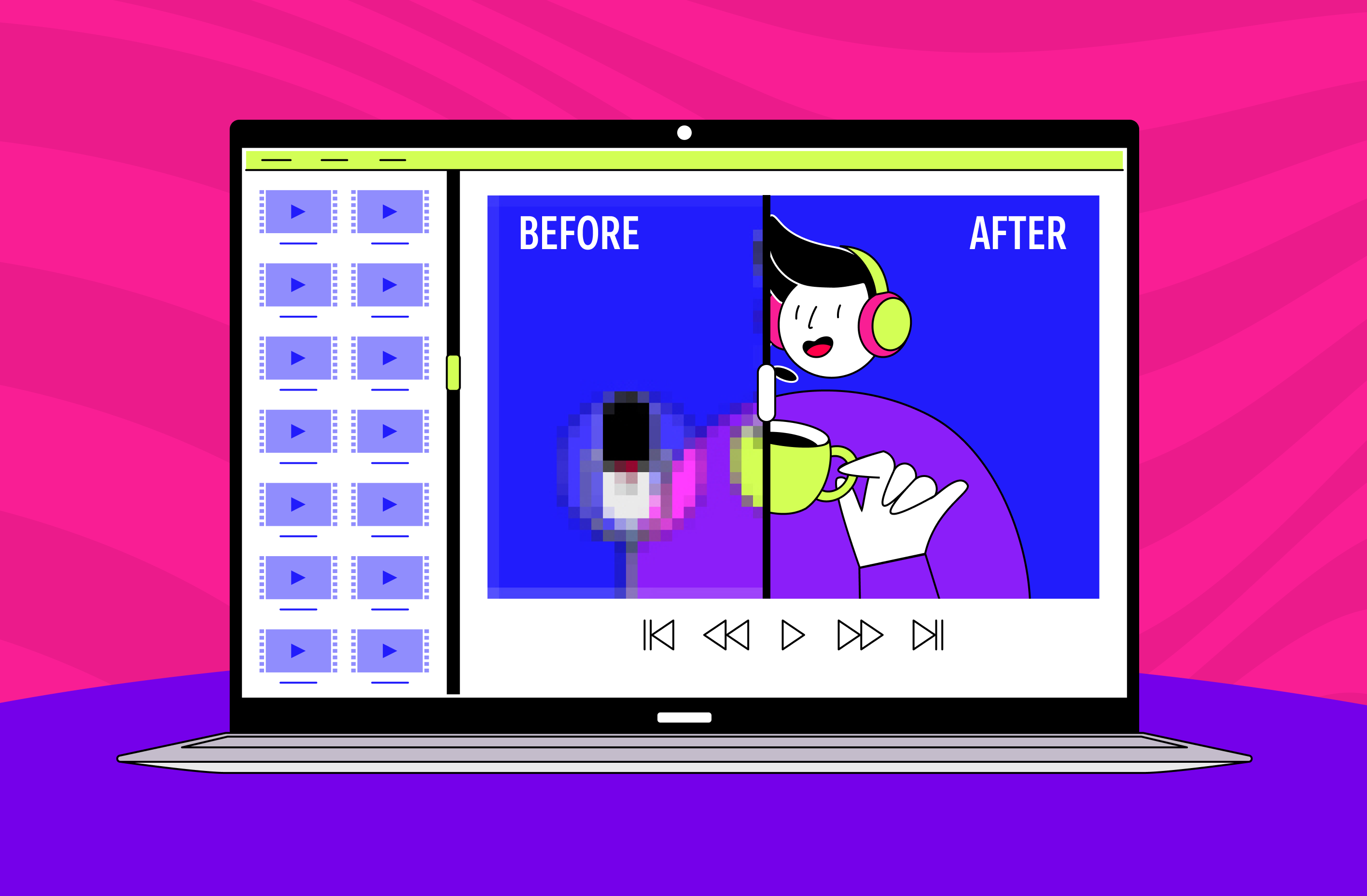Why YouTube Analytics Matters for Every Creator
Algorithms evolve, trends shift, and formats change. But one thing remains constant: data tells the truth about your content. Understanding YouTube Analytics helps you:
- Track what keeps viewers engaged (watch time, retention).
- Measure how people find your videos through YouTube Search Analytics.
- See which content drives subscriptions and revenue.
By checking YT Studio Analytics, you’ll spot which content attracts loyal viewers and where improvements are needed to maintain long-term growth.
Key YouTube Analytics Metrics Every Creator Should Know
Inside Channel Analytics YouTube, you’ll find dozens of metrics, but these are the pillars:
1. Watch Time & Retention
- Core to YouTube’s algorithm.
- Signals whether your video truly engages audiences.
- Directly impacts recommendations.
- Learn more about audience retention.
2. Views & Impressions
- YouTube Views Analytics shows raw numbers, while impressions reveal visibility.
- High impressions but low CTR? Your thumbnails or titles need work.
3. Audience Insights
- Unique viewers, returning vs. new, demographics.
- Helps tailor content to specific interests.
4. Subscriber Growth
- Tracks how many viewers commit long-term.
- Sudden spikes/drops point to content shifts.
5. Revenue Metrics
- Inside the YouTube Video Analytics revenue tab.
- Shows ad revenue, memberships, Super Chats, and more.
What’s New in YouTube Analytics 2025
YouTube has upgraded its tools to give creators deeper insights:
- Analytics for YouTube Shorts: new remix and retention metrics.
- Cross-platform analytics YouTube: track viewers watching from TVs, mobile, and desktop.
- Engagement metrics for creators: more detailed breakdown of likes, comments, and shares.
- YouTube Analytics Dashboard updates: improved real-time tracking and predictive trends.
These updates simplify measuring YouTube audience growth and provide sharper creator insights and tips 2025.
For more on how the algorithm processes these signals, read how the YouTube algorithm works.
How to Use YouTube Analytics to Grow Your Channel
Analytics is only useful if you act on it. Here’s how:
1. Refine Video Strategy
Study top-performing content and replicate successful formats. If tutorials outperform vlogs, double down.
2. Improve Retention
Analyze “key moments” to see where viewers drop off. Adjust pacing, add hooks, and improve storytelling.
3. Optimize for Discovery
Leverage YouTube Search Analytics and keywords in titles, descriptions, and tags. For tips, see YouTube SEO for descriptions. Strong SEO = more organic reach.
4. Track Live Stream Engagement
Streaming in 2025 is huge. Monitor peak chat activity, concurrent viewers, and average watch time to improve future broadcasts. Learn more with live stream analytics.
Advanced Tips for YouTube Analytics in 2025
- Segment audiences: Compare engagement between subscribers vs. non-subscribers.
- Experiment with formats: Use analytics to test Shorts, live streams, podcasts.
- Leverage retention analytics: Create mid-video CTAs exactly where drop-offs occur.
- Export reports: Download CSV data for deeper custom analysis.
Common Mistakes Creators Make With YouTube Analytics
- Focusing only on views: Views without retention mean nothing. Prioritize watch time.
- Misreading CTR: High CTR but low retention = misleading thumbnails.
- Ignoring Shorts data: Shorts now drive massive discovery; neglecting them limits reach.
- Not tracking monetization trends: Missing which videos deliver the most RPM leaves money on the table.
Avoiding these mistakes ensures better YouTube video performance and stronger algorithm signals.
From Data to Growth: Building a Smarter YouTube Strategy
Data is power—but only when paired with action. YouTube Studio Analytics transforms raw numbers into actionable insights. Use them to:
- Craft binge-worthy playlists.
- Balance Shorts, live streams, and long-form uploads.
- Optimize retention to satisfy the algorithm.
- Drive revenue through diversified monetization.







